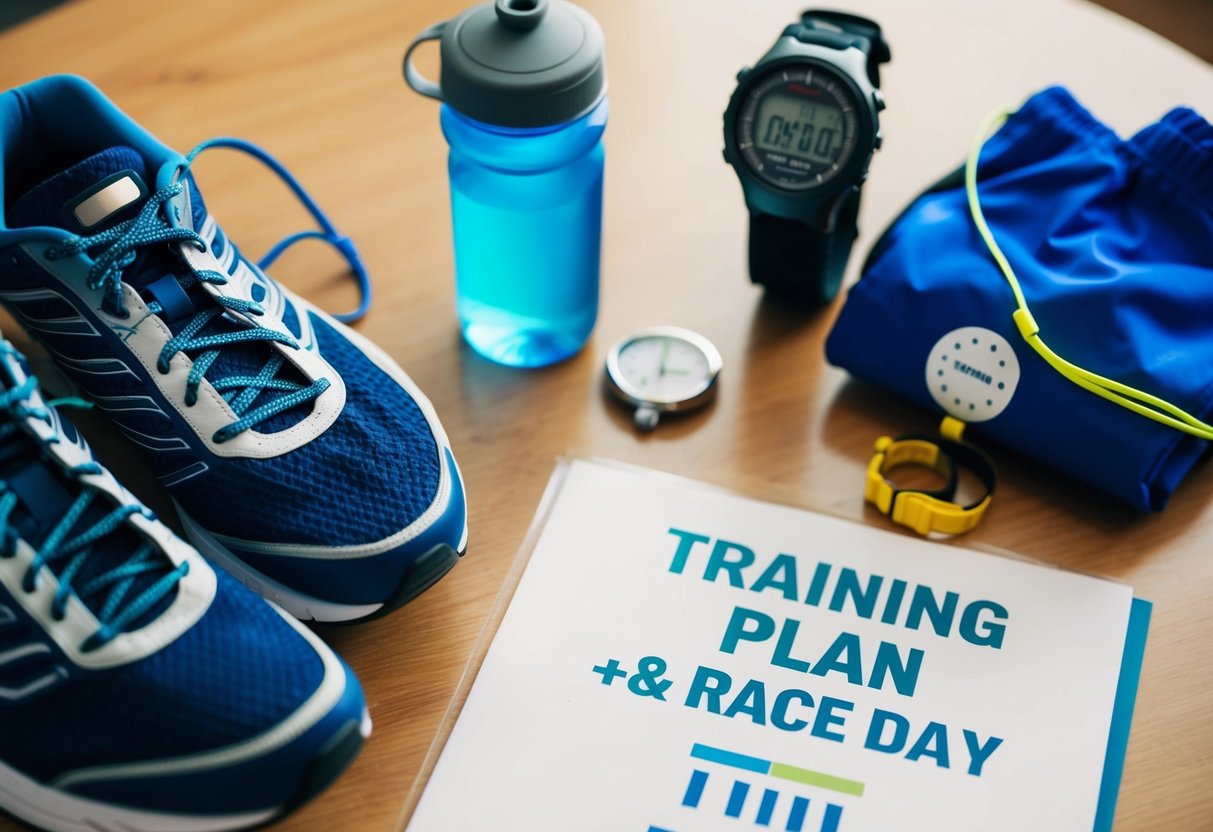DIY Virtual 5K: Race Day Tips and Training Plans for All Runners
Running a virtual 5K offers a unique opportunity to blend the competitive spirit of a traditional race with the flexibility of a personal fitness journey. Whether a runner is seasoned or a beginner, DIY virtual races provide an inclusive environment where participants can set their own pace and choose their preferred course. Getting the most out of your virtual 5K experience starts with having a solid training plan and a few race day strategies that enhance performance and enjoyment.
Training for a 5K can cater to various fitness levels, ensuring that everyone, regardless of experience, can participate fully. Tailoring a plan that gradually builds endurance boosts confidence and improves running efficiency over time. Incorporating rest days, nutrition, and hydration into the training regime not only aids physical preparation but also supports mental readiness, fostering a holistic approach to achieving personal bests.
Race day is as much about preparation as it is about execution. Selecting a familiar or enjoyable route can make the run more pleasurable, while utilizing technology like fitness apps helps track progress in real-time. Participants are encouraged to create a race-day routine that mimics the thrill of an in-person event, such as setting a specific start time or incorporating pre-race rituals that enhance focus and motivation.
Choosing the Right Virtual 5K

Selecting the appropriate virtual 5K involves evaluating key features and aligning them with personal goals. A variety of races cater to different types of runners, such as those seeking casual fun runs or competitive 5K races.
Considering Virtual Race Features
When choosing a virtual 5K, it’s important to think about what each race offers. Some events provide unique incentives like medals, t-shirts, or digital badges. These can be motivating for those who appreciate tangible rewards.
Additionally, race platforms might offer tracking apps that enhance the experience by logging time and distance. Some also include community features, like virtual leaderboards or social media engagement, which bring a sense of camaraderie. Analyzing these aspects helps determine if a race aligns with personal preferences and running style.
Selecting a Race Based on Goals
Selecting a race based on running goals is essential. Runners aiming for speed may prefer race options with official timing to validate their efforts. Meanwhile, those focused on fitness might choose events that are more about participation than competition.
These considerations matter for individuals keen on targeted training or achieving personal bests. Additionally, some virtual races specifically cater to causes or charities. This option is appealing for those interested in supporting initiatives or raising awareness through their participation. Matching the race choice with personal objectives ensures a more fulfilling and purpose-driven experience.
Physical Assessment Before Training

Before embarking on a 5K training plan, assessing current fitness levels and ensuring health stability is essential. Evaluate your physical condition and perform a health check to tailor a safe and effective training program.
Understanding Your Current Fitness Level
Determining the current fitness level can guide setting realistic goals and methods for training. Methods to evaluate fitness include measuring resting heart rate, which offers insights into cardiovascular efficiency. An average adult’s resting heart rate ranges between 60 to 100 beats per minute.
Calculating maximum heart rate (HRmax) aids in monitoring exertion levels during workouts. Usually, HRmax is estimated by subtracting the person’s age from 220. A fitness test, such as a timed mile or VO2 max test, may provide comprehensive insights into endurance and aerobic capacity.
